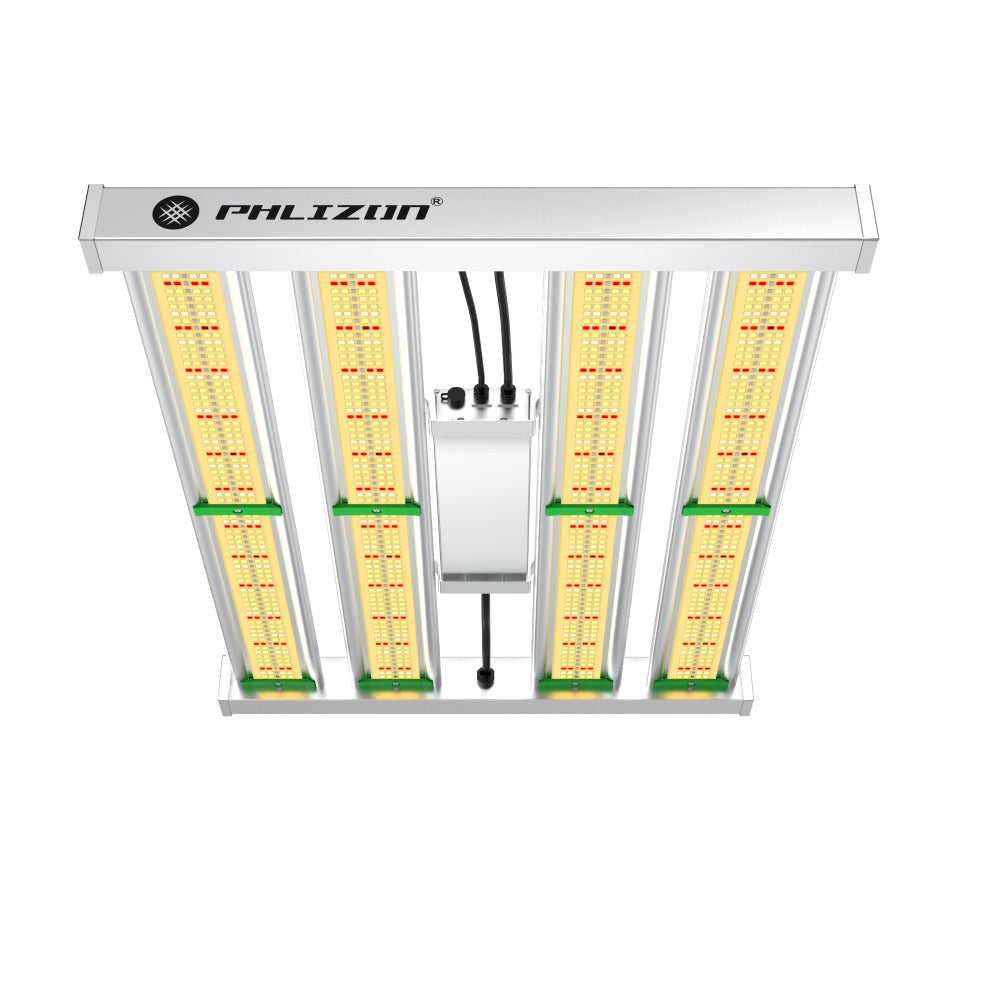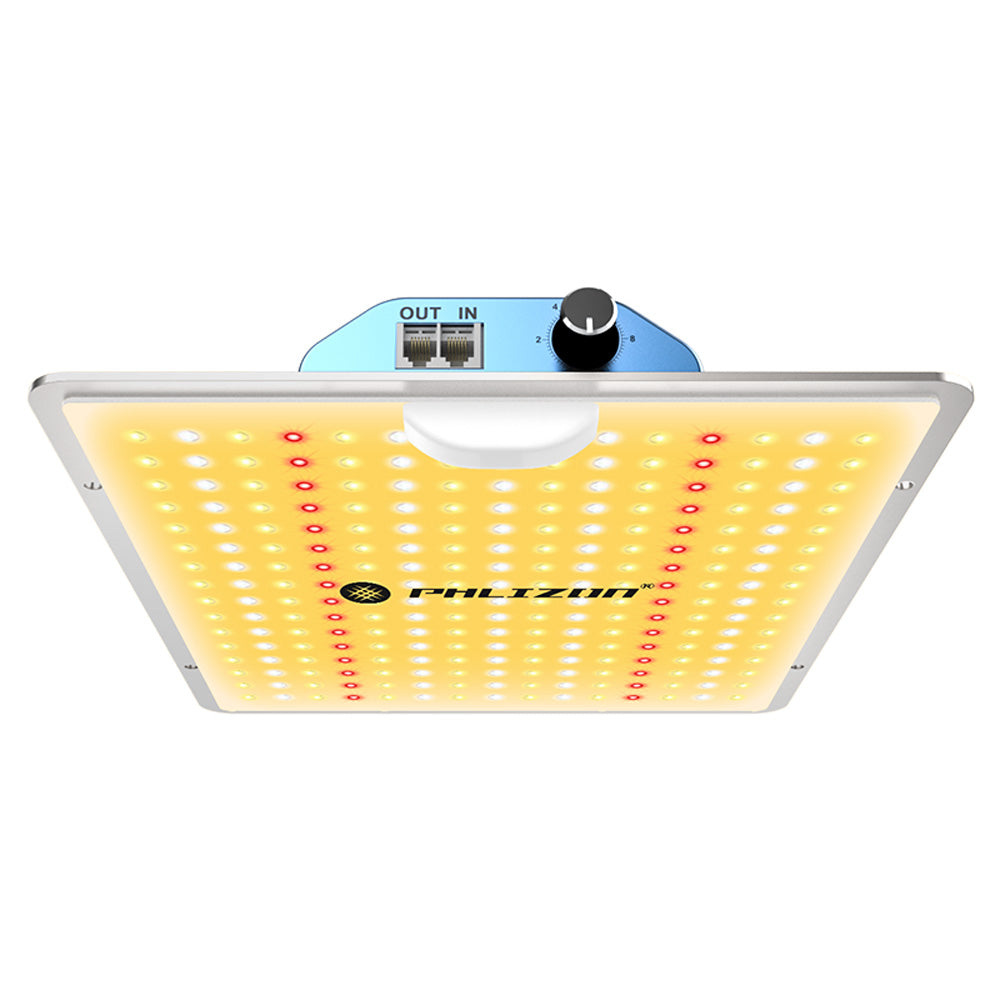Menu
CO2 for Indoor Grow: Unlocking the Secret to Thriving Plants
When you think about growing plants indoors, you might picture soil, water, and light. But there’s another crucial component that can make a big difference: carbon dioxide (CO2). It’s the hidden hero in indoor gardening. Let’s explore what CO2 is and why it matters for your indoor plants.
What is CO2 and Why is it Important?
CO2, or carbon dioxide, is a gas found in the air we breathe. It’s crucial for photosynthesis, the process that plants use to turn sunlight into food. Just like we need oxygen to live, plants need CO2 to grow. They take in CO2 through tiny openings in their leaves called stomata. In return, they release oxygen, which we rely on.
Imagine plants as little chefs in the kitchen, cooking up their food. CO2 is one of the key ingredients in their recipe for growth. Without it, your plants can struggle to thrive, leading to stunted growth and lower yields.
How CO2 Boosts Plant Growth
Adding CO2 to your indoor growing environment can supercharge your plants. When CO2 levels rise, the plants can photosynthesize more efficiently. This means they can produce more energy and, in turn, grow faster and stronger. Think of it like giving your plants a boost of energy, similar to how you feel after a good meal.
Higher CO2 levels can lead to bigger leaves, brighter colors, and higher crop yields. For indoor growers, this is like hitting the jackpot. You can enjoy a lush garden and maximize your space.
The Right Amount of CO2
While CO2 is essential, too much of a good thing can be harmful. The optimal CO2 level for most plants is around 1,200 to 2,000 parts per million (ppm). That’s significantly higher than the average CO2 level in the atmosphere, which is about 400 ppm.
To achieve this, many indoor growers use CO2 tanks or generators. These tools allow you to maintain steady CO2 levels, giving your plants that extra push they need. However, it’s important to monitor levels closely. Too much CO2 can lead to poor plant health or even death.
Ways to Increase CO2 Levels Indoors
There are several ways to boost CO2 levels in your indoor garden. Here are some common methods:
1. CO2 Tanks
Using CO2 tanks is one of the most effective methods. These tanks release a controlled amount of CO2 into your growing area. They’re great for larger setups, like greenhouses or dedicated grow rooms.
2. CO2 Generators
CO2 generators burn natural gas or propane to produce CO2. They’re beneficial for larger spaces because they can generate a lot of CO2 quickly. However, they require proper ventilation and safety precautions.
3. Fermentation
For those looking for a DIY solution, fermentation can increase CO2 levels. Using yeast and sugar in a jar can create a small amount of CO2 over time. While this won't produce as much CO2 as tanks or generators, it’s a cost-effective method for small setups.
Monitoring CO2 Levels
Monitoring is key to keeping your plants happy. Using a CO2 meter can help you measure the levels in your grow space. This tool can save you a lot of trouble by ensuring you don’t go overboard. Keeping your plants' environment stable is just as important as all the other elements like light and water.
Conclusion
CO2 is more than just a gas; it's a vital lifeline for your indoor garden. By understanding its role and how to manage it, you can create a thriving environment that promotes lush growth and vibrant plants. Whether you use tanks, generators, or even fermentation, increasing CO2 levels in your indoor grow is like giving your plants a magic potion. With the right care and attention, you can enjoy the fruits of your labor – literally!
Featured blog
- Choosing a selection results in a full page refresh.

















